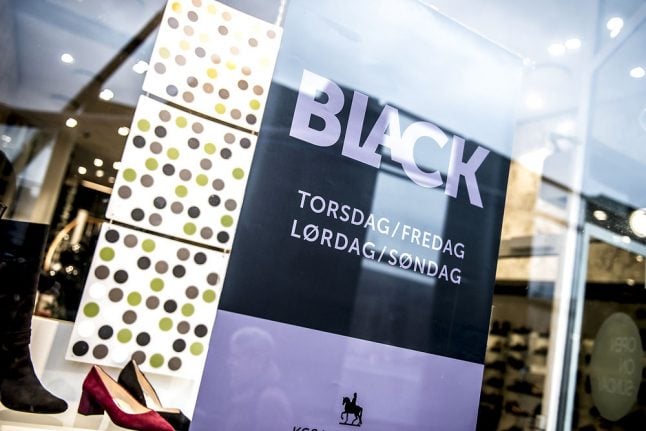That is a reduction of eight percent relative to sales in 2017, according to payment service provider Nets, which operates Denmark’s Dankort debit card system.
“This is probably a reflection of the fact that many stores this year decided to spread their offers across several days,” Nets Denmark director Jeppe Juhl-Andersen in a press statement.
In 2017, sales reached a record 2.12 billion kroner (284 million euros). Although that total was not surpassed this year, Friday November 23rd is nevertheless set to be the biggest consumer day of 2018.
“In the past it was always on one of the days leading up to Christmas that we used our Dankort the most during the year, but Black Friday has changed the landscape,” Juhl-Andersen said.
“We have to go back to 2014 to find a year where in which Black Friday was not the biggest day for consumer sales,” the Nets director added.
The vast majority of purchases were made in physical stores, although the proportion spent in online stores is increasing.
17 percent of Black Friday 2018 purchases were made using a computer, tablet or smartphone, compared to 14 percent in 2017.
Around one in three purchases was a Christmas present, a sign that Christmas shopping is now established in November, according to the Danish Chamber of Commerce (Dansk Erhverv).
“Black Friday is a strong concept that appeals to the inner bargain hunter in many Danes. Many Danes use Black Friday to get ahead with their Christmas shopping,” the organisation’s political consultant Tine Marie Andersen said in a press statement.
This year’s edition of Black Friday was the fifth-largest sales day of all time in Denmark.
READ ALSO:



 Please whitelist us to continue reading.
Please whitelist us to continue reading.